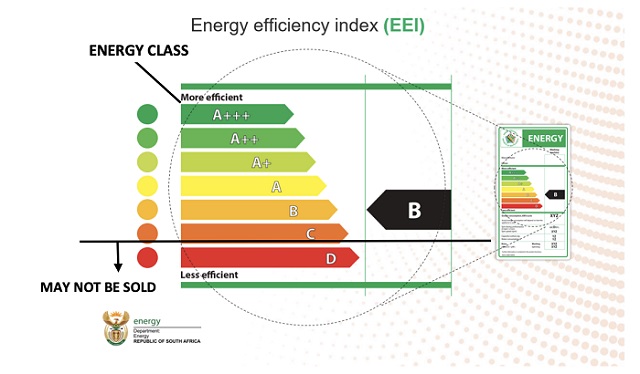Appliance efficiency policy can radically reduce emissions, says CLASP CEO Christine Egan.
With less than five years to meet the 2030 Paris Agreement targets, climate advocates are searching for ways to rapidly cut emissions to prevent the worst outcomes of climate change. Christine Egan, CLASP’s chief executive officer, believes that one of the most powerful, pragmatic solutions available comes down to something most people take for granted: appliances.

In this interview with CLASP’s Sarah Wesseler, Egan discusses the transformative potential of appliance efficiency policy.
Sarah Wesseler: When we hear about climate solutions in the news, the focus is typically on things like solar panels and electric vehicles. Appliance efficiency tends to be a very niche topic. How do you think about appliance efficiency policy in relation to other mitigation solutions? What do you think is an appropriate way to prioritise it?
Christine Egan: You’re right that it doesn’t get much attention, but that doesn’t mean it’s not important. In the countries where appliance efficiency policies have been in place the longest, those policies reduce energy-related CO2 emissions by around 10% compared to what would happen without them. And they could achieve much, much more – appliances are responsible for just shy of 40% of all energy-related emissions. So, it’s really staggering how far this solution could get us.
But appliance energy efficiency tends to be invisible, so people don’t usually hear much about it. There isn’t a ribbon-cutting ceremony in front of a more efficient appliance. And as a concept, it’s harder to wrap your head around than the solar panels or electric vehicles you might see in your neighbourhood every day.
I often say that appliance energy efficiency policy is like the bonds in your retirement account. Bonds have historically provided a safe, steady return that’s really critical over time, particularly if the stock market fluctuates. In the climate field, appliance efficiency policy provides that same safe and steady return. There are higher-risk, higher-reward solutions, of course, and they tend to generate a lot more buzz, but they’re more uncertain.
Take carbon sequestration. We’re absolutely going to need carbon sequestration to hit climate targets, but we don’t really know how to do it at scale yet. Right now, we need smart venture capitalists investing in the right tech, but we don’t know when a viable solution will be ready.
It’s the same story for industrial decarbonisation, which is an incredibly complex challenge. Right now, governments aren’t providing enough incentives for industry to actually clean itself up. But beyond that, there are a lot of problems inherent in the materials and processes involved.
Look at cement, which we basically can’t build anything without. Making cement is incredibly carbon-intensive – the average US plant emits three-quarters of a ton of CO2 for every ton of cement it produces. Three-quarters of a ton! So, we absolutely need to address this, but for now, there’s no easy solution. It’s still a technology challenge, a business model challenge, and a policy challenge.
Now compare this to appliance efficiency, which has already been successfully deployed around the world. We have the tech, the tools, and the policies we need to scale it up more. We know it works.
**Read the full interview on the CLASP website